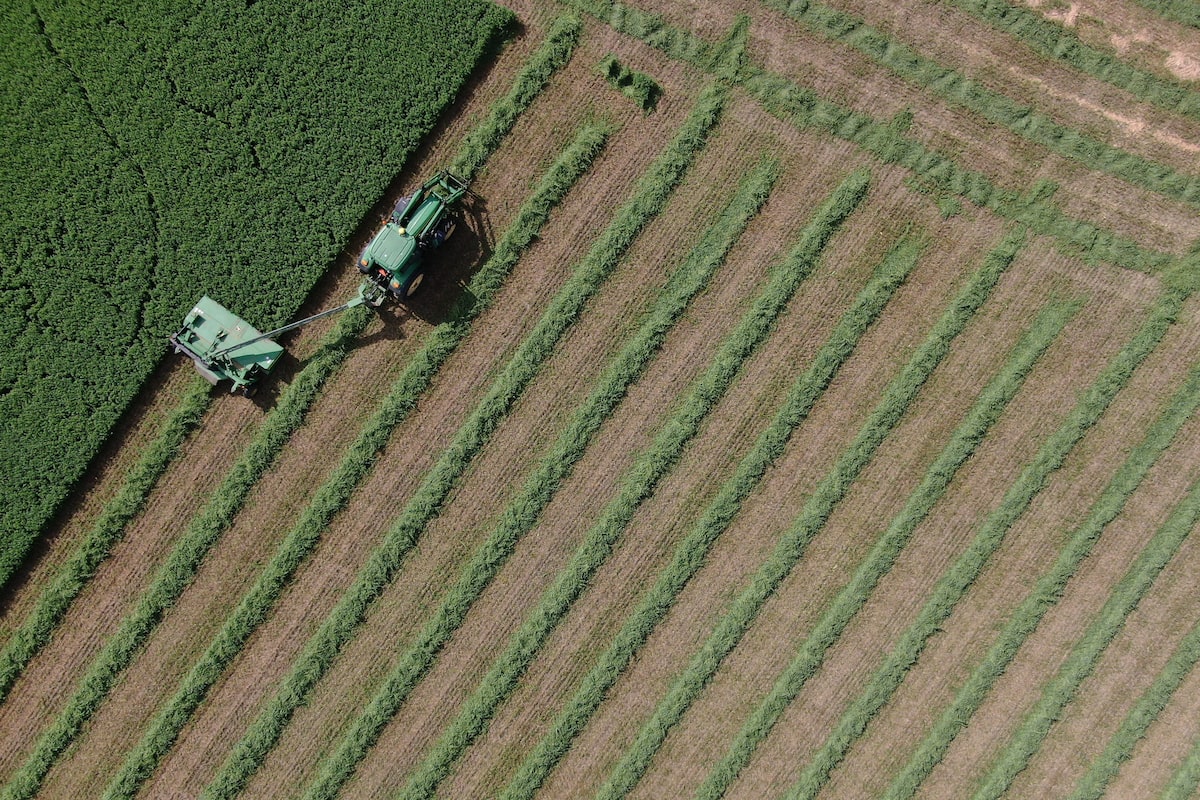Over the past century, technological advancements have led to a surge in agricultural productivity while the share of Canada’s work force employed in the sector has dropped exponentially.Adrian Wyld/The Canadian Press
Throughout human history, few technological shifts have sparked as much curiosity and anxiety as the rise of artificial intelligence.
Everyone wants to know how AI will reshape industries and, more importantly, how it will affect jobs. While predicting the future is difficult, history often provides valuable clues about what comes next.
The current wave of AI innovation, led by large language models (LLMs), feels reminiscent of past industrial revolutions. When Thomas Edison invented the carbon-filament light bulb in 1879 and illuminated parts of Manhattan just a few years later, or when Karl Benz built the first automobile in 1885, these new tools redefined how work, life and progress were organized. Tasks once done by hand or physical power were now powered by machines, and entire economies shifted around these new capabilities.
AI is reshaping the first job for a new generation of workers
Some people argue that AI’s impact will mirror that of electricity, which transformed nearly every aspect of society. Others believe it could be as profound as the combined revolutions of the electricity and auto industries.
What seems certain, however, is that AI will challenge us to rethink not just how we work, but how we contribute to society in an age in which intelligence itself is becoming automated.
A striking example of how technological change reshapes jobs comes from the agricultural sector. The combined forces of electrification, mechanization, fertilizer and the Green Revolution led to an extraordinary surge in agricultural productivity. The chart below shows how the share of Canadians employed in agriculture has changed over the past 104 years.
A century ago, 37 per cent of Canada’s work force was employed in agriculture; by 2025, that share has fallen to just 1.1 per cent. Yet Canada’s agricultural exports still exceed imports, meaning just 1 per cent of workers now feed the entire country.
Displaced farmers once moved into urban jobs created by technologies such as electricity, but AI could instead automate a wide range of roles, from white-collar tasks such as computer coding to cognitive or operational jobs such as driving, potentially creating fewer new opportunities if replacement outweighs augmentation.
History offers clues about what’s ahead. Unlike electricity or the automobile, whose adoption required new infrastructure such as power lines and roads, AI largely builds on existing systems.
While AI tools such as artificial neural networks have been around for decades, recent advances in LLMs mark a turning point. As a result, AI’s major disruptions may not be far off – perhaps within the next five years.
As history shows, however, transitions take time. While AI can theoretically automate a wide range of cognitive tasks across many industries, the shift will likely be gradual.
And while many existing jobs will disappear or shrink significantly, and new ones will emerge, it remains uncertain whether they will do so in comparable numbers.
The world should start preparing now for this massive disruption.
Hanif Bayat, PhD, is the CEO and founder of WOWA.ca, a Canadian personal finance platform.

